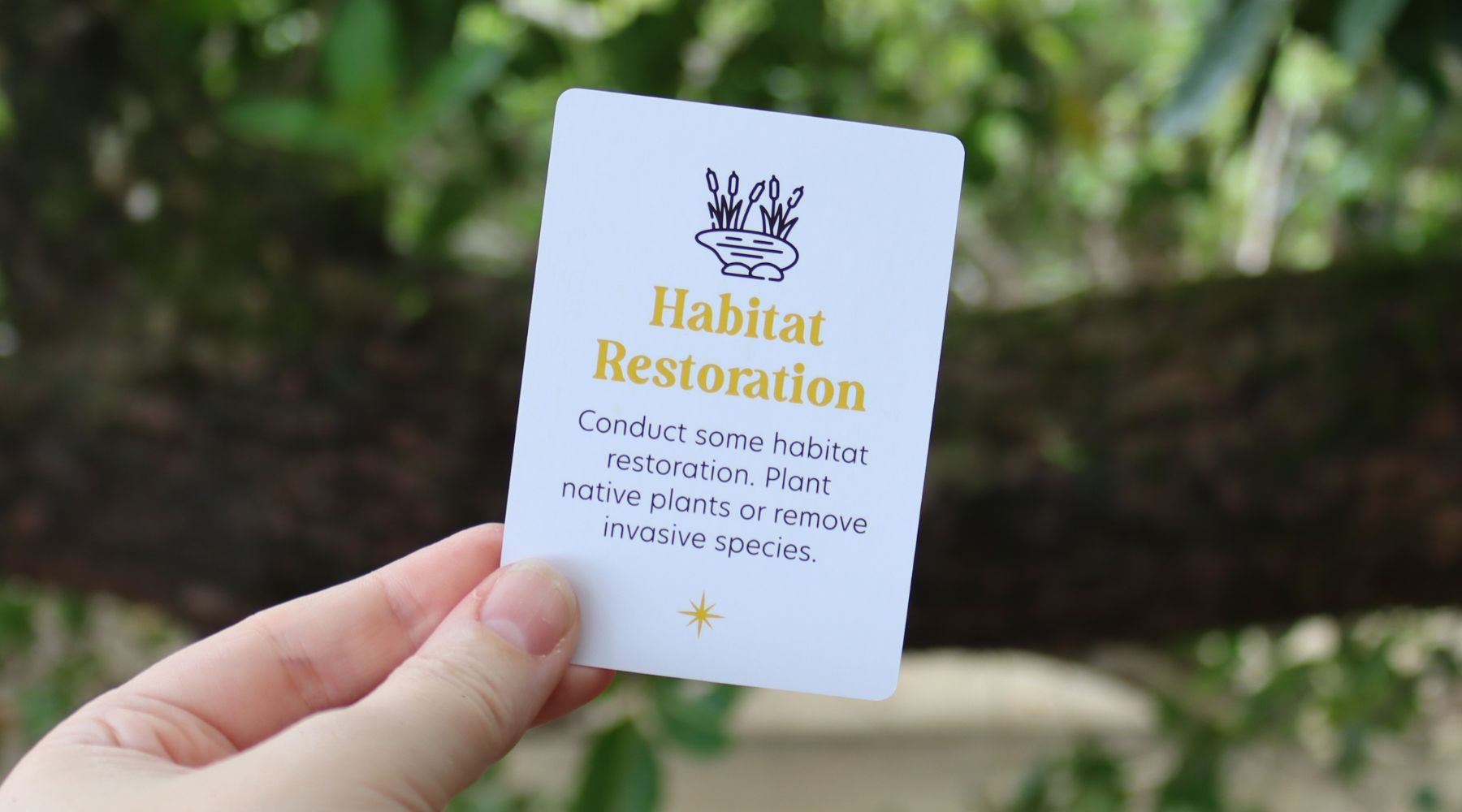Working on a habitat restoration project is an exciting way for kids and families to help the environment and learn about the important roles different plants and animals play in our ecosystems. In this blog, we’ll explore how you can participate in habitat restoration and make a positive impact on the planet.
Why is Habitat Restoration Important?
Habitat restoration helps to repair and revive natural environments that have been damaged by human activities, invasive species, or natural disasters. When we restore habitats, we provide essential resources for wildlife, improve biodiversity, and enhance the overall health of the ecosystem. This is a great opportunity to learn about nature while actively contributing to its preservation!
Finding a Habitat Restoration Project
Before you get started, it’s important to find a local habitat restoration project to join. Here’s how you can do that:
- Check with Local Nature Organizations: Many parks and conservation groups host habitat restoration days. Look for announcements on their websites or social media pages.
- Talk to Your School: Schools often have environmental clubs or programs that participate in restoration projects.
- Ask Your Family: See if your family would like to volunteer together for a community cleanup or planting day!
Step-by-Step Guide to Participating in Habitat Restoration
1. Gather Your Supplies
Once you've found a project, check what supplies you might need. Common items include:
- Gardening gloves: To protect your hands while working.
- Hand trowel or shovel: To help dig holes for new plants.
- Native plants or seeds: Most restoration projects will provide these, but you can also bring your own.
- Water: Keep hydrated during your project!
2. Understand Your Role
Before you start working, listen carefully to the project leader. They will explain what you’ll be doing and why it’s important. Common tasks may include:
- Planting native species: These plants are well-suited to the local environment and provide food and shelter for wildlife.
- Removing invasive species: Invasive plants can harm native ecosystems, so helping to remove them is crucial.
3. Get to Work!
Follow the instructions given by the project leader. Here are some tips to remember:
- Planting: When planting, dig a hole twice the size of the plant’s root ball and place the plant in the hole, covering the roots with soil. Give it a good drink of water afterwards!
- Removing Invasive Species: Use your trowel to carefully dig out the roots of invasive plants. Be sure to dispose of them properly, as many can spread if left on the ground.
4. Celebrate Your Contribution
After the project, take a moment to admire the work you've done! Celebrate your efforts and those of your team. You can even take a photo to remember your hard work.
Understanding the Benefits of Habitat Restoration
By participating in habitat restoration, you’re helping to improve the environment in many ways:
- Encouraging Wildlife: Native plants provide food and shelter for local animals, helping to increase biodiversity.
- Protecting Water Quality: Restored habitats can help filter water and reduce erosion, leading to cleaner streams and rivers.
- Creating Beautiful Spaces: Healthy habitats enhance the beauty of our surroundings, making outdoor spaces more enjoyable for everyone.
Safety First
- Wear appropriate clothing: Dress for the weather and wear sturdy shoes to protect your feet.
- Stay hydrated: Drink plenty of water, especially if you're working on a hot day.
- Follow instructions: Always listen to project leaders for safety and effectiveness.
Fun Fact
Did you know? The practice of habitat restoration can be traced back thousands of years, but modern restoration efforts began in the 20th century as people started to recognise the importance of preserving nature for future generations!
Wrapping Up Your Adventure
Participating in habitat restoration is a fantastic way to connect with nature, learn about ecosystems, and make a meaningful difference in your community. So gather your friends and family, roll up your sleeves, and become a nature hero today! Together, we can create a healthier planet for everyone!


